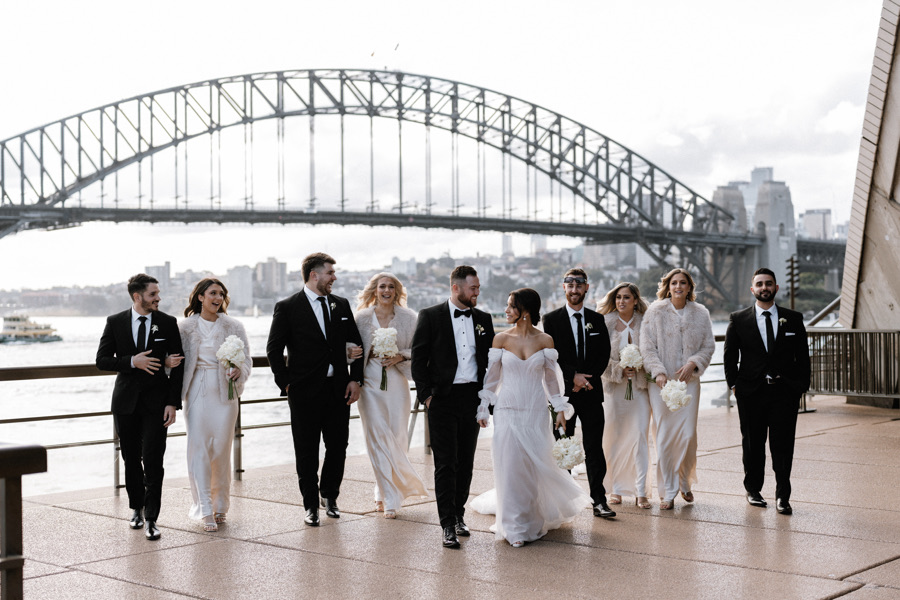Weddings are a universal celebration of love and commitment, but the customs and traditions surrounding them can vary greatly from one culture to another. In Indonesia, the Javanese wedding ceremony is rich in history and symbolism, reflecting the deep-rooted cultural and spiritual values of the Javanese people.
Table of Contents
Let’s explore the traditional Javanese wedding rituals and how they have evolved and been interpreted in modern times.
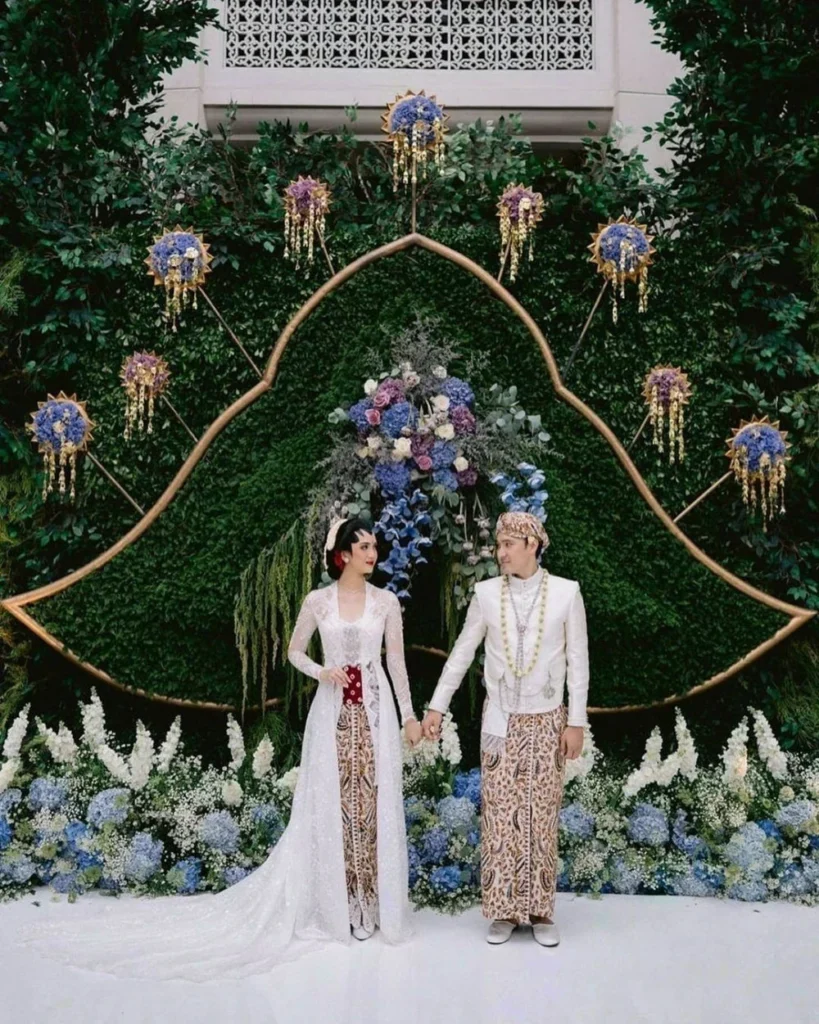
The Significance of Javanese Weddings
Javanese weddings are not just about two individuals coming together; they are a reflection of the harmonious merging of two families, a union that extends beyond the bride and groom. These weddings are steeped in tradition and spirituality, with each ritual holding a specific meaning and purpose.
1. Siraman – The Purification Ritual
Traditionally, the wedding begins with the “siraman” ceremony, where the bride and groom are bathed with water infused with various flower petals and aromatic herbs. This ritual symbolizes purification and cleansing, preparing the couple for a new chapter in their lives. In modern interpretations, siraman has taken on a more symbolic role, emphasizing the cleansing of negative energy and old habits as the couple embarks on their marital journey.
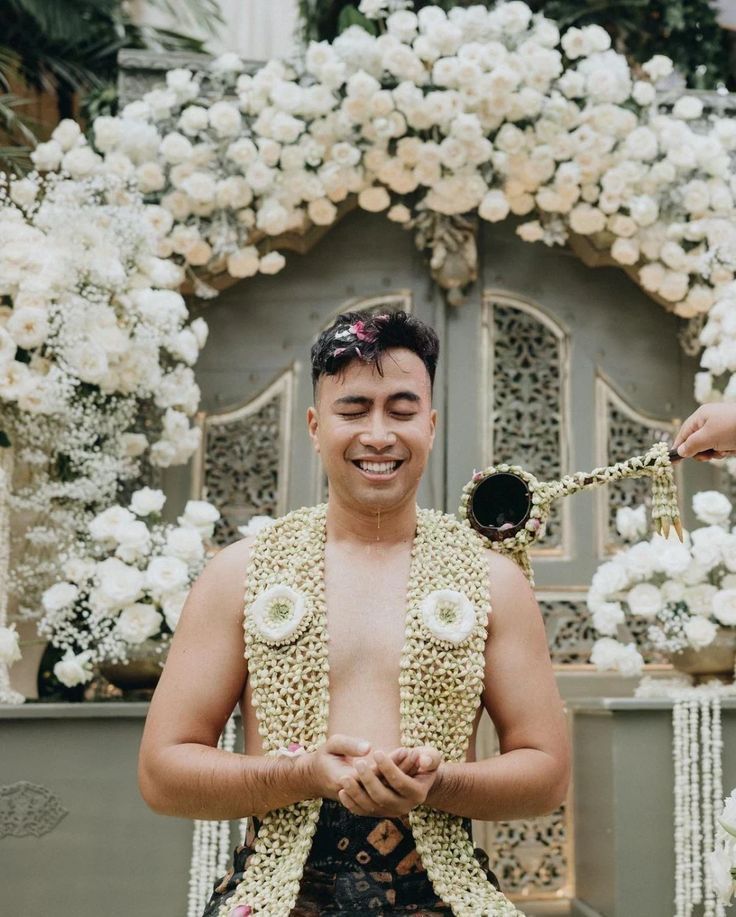
2. Midodareni – The Night Before
The night before the wedding, the bride and groom are traditionally kept apart, with the bride spending the night with her female relatives while the groom with his male counterparts. This separation is meant to symbolize the last moments of individuality before becoming a married couple. In contemporary times, this tradition has evolved into a fun and light-hearted event, where the bride and groom often participate in games and activities to celebrate their impending union.
3. Akad Nikah – The Solemn Vows
The heart of the Javanese wedding is the “akad nikah,” the solemn exchange of marriage vows and the official marriage contract signing. This ritual emphasizes the commitment and legal aspects of marriage. Modern interpretations of the akad nikah often include personalized vows and a more intimate setting, allowing couples to express their love in their unique way while still respecting tradition.
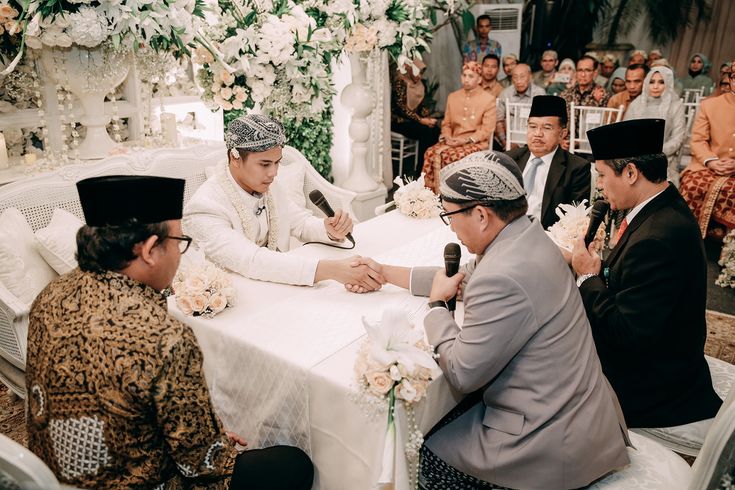
4. Sungkeman – Seeking Blessings
After the akad nikah, the newlyweds traditionally seek the blessings of their parents and elders through a ritual called “sungkeman.” In this ritual, the couple kneels before their parents, offers them a gesture of respect, and receives blessings in return. In modern times, this tradition remains a crucial part of Javanese weddings, fostering a sense of gratitude and respect for one’s family.
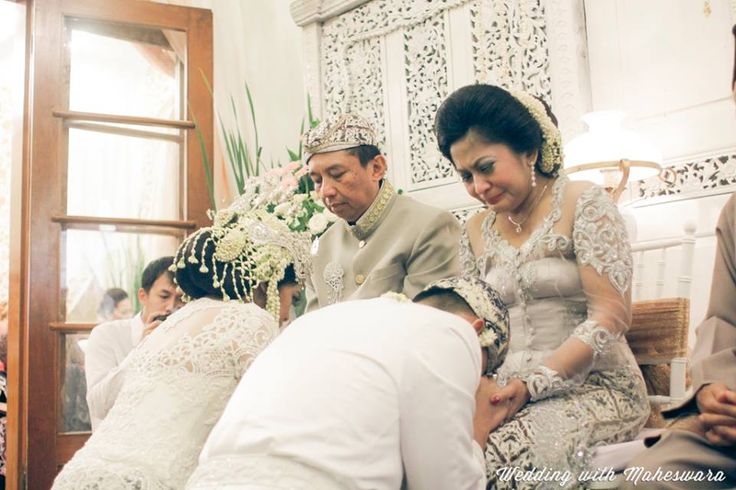
5. Mappesengan – The Joyful Feast
No Javanese wedding is complete without a grand feast, known as “mappesengan.” In modern interpretations, this feast has become an opportunity for couples to showcase their personal style and preferences. Many couples opt for a fusion of traditional Javanese dishes with modern cuisine, creating a memorable dining experience for their guests.
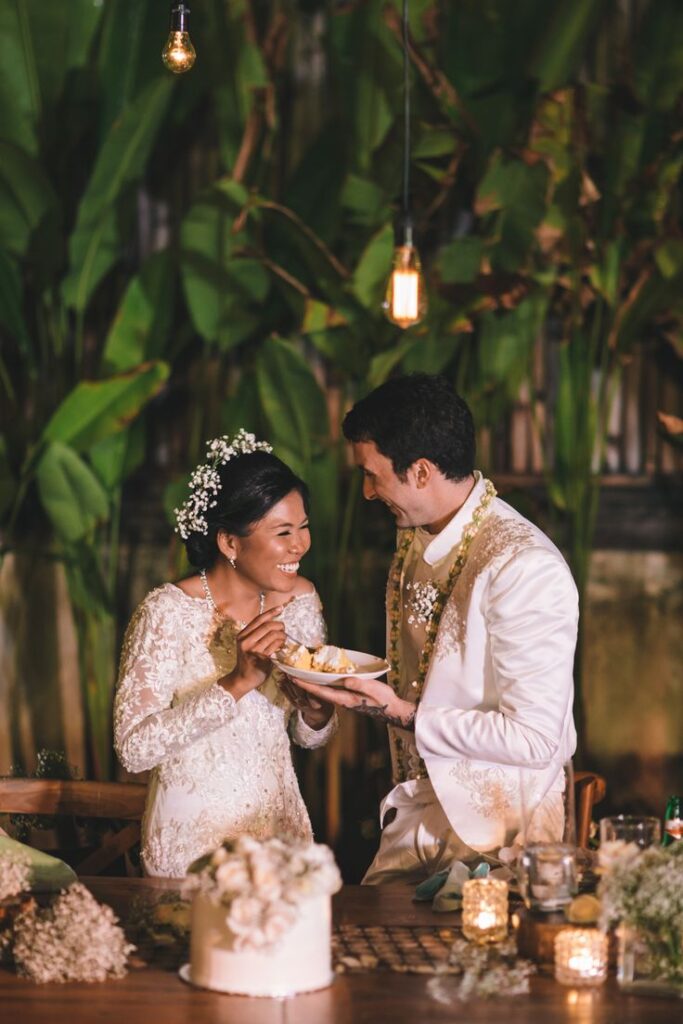
Javanese weddings are a beautiful blend of tradition and modernity. While the core rituals and symbolism remain intact, modern interpretations allow couples to infuse their personality and style into their special day. These weddings not only celebrate love but also honor the rich cultural heritage of the Javanese people. As the world continues to evolve, traditional wedding customs like these remind us of the importance of preserving our cultural roots while adapting to the changing times.
READ MORE: A VIBRANT DESTINATION WEDDING IN BALI, INDONESIA
Wedded Wonderland is delighted to introduce the Get Wedded in Fiji 2023 digital magazine, showcasing the unparalleled beauty and allure of destination weddings in Fiji. This annual magazine is accessible to everyone at no cost, and it’s designed to inspire couples to bring their dream wedding to life in this tropical paradise.
Read the magazine below!
